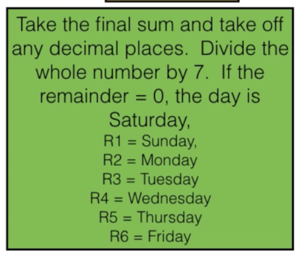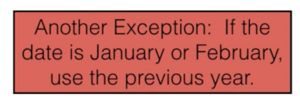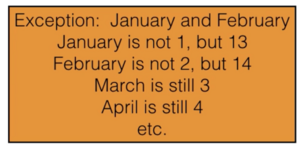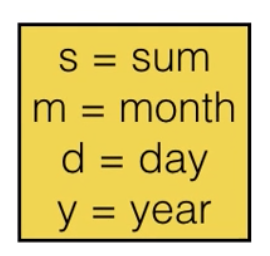
What are Fairy Tales? According to Merriam-Webster, a fairy tale is “a story (as for children) involving fantastic forces and beings (as fairies, wizards, and goblins) – called also fairy story”.
Spark your thinking!
1. Set up your language arts mini spark recording page: #28: Fairy Tales
2. Have you seen Beauty and the Beast? Watch this short clip from the animated movie. Record 4 characters from the clip and explain how they are magical.
3. The original Beauty and the Beast (French: La Belle et la Bête) is a traditional fairy tale written by French novelist Gabrielle-Suzanne Barbot de Villeneuve and published in 1740 in La Jeune Américaine et les contes marins. Read this article about this fairy tale. On your recording sheet record 5 details.
4. Please read this Wonderopolis article, How Old are Fairy Tales? Make a 5 question quiz and answer key to go along with the article.
5. Go to this website and choose 2 more fairy tales to read. Record the title and a short summary of the story on your recording page.
6. Share your language arts mini spark recording page with your teacher/EY coordinator.
 A
A 

 Whether you’re a football fan or not, it’s interesting to look at the history of the Super Bowl. This math mni spark has you predicting, collecting, and displaying some data related to the Super Bowl.
Whether you’re a football fan or not, it’s interesting to look at the history of the Super Bowl. This math mni spark has you predicting, collecting, and displaying some data related to the Super Bowl. According to grammar-monster.com, interjections are “words used to express strong feeling or sudden emotion. They are included in a sentence (usually at the start) to express a sentiment such as surprise, disgust, joy, excitement, or enthusiasm.”
According to grammar-monster.com, interjections are “words used to express strong feeling or sudden emotion. They are included in a sentence (usually at the start) to express a sentiment such as surprise, disgust, joy, excitement, or enthusiasm.”
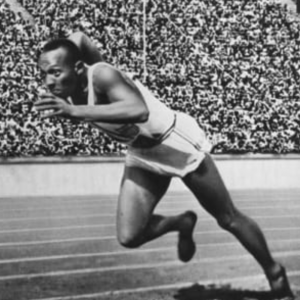
 Did you know that you are not the only person that gets to do enrichment activities? Animals do, too! It may look like they are just playing or eating, but these enrichment activities challenge the animals’ brains and get then moving around.
Did you know that you are not the only person that gets to do enrichment activities? Animals do, too! It may look like they are just playing or eating, but these enrichment activities challenge the animals’ brains and get then moving around. 
 Homonyms can also have identical pronunciations and spellings but different meanings, such as “quail” (the bird) and “quail” (to cringe). Homographs are words that are spelled the same, have different meanings, and MAY be pronounced differently. This mini spark will let you be creative in your writing to create fun sentences.
Homonyms can also have identical pronunciations and spellings but different meanings, such as “quail” (the bird) and “quail” (to cringe). Homographs are words that are spelled the same, have different meanings, and MAY be pronounced differently. This mini spark will let you be creative in your writing to create fun sentences.
 In Charlie and the Chocolate Factory by Roald Dahl, five golden tickets are concealed in Wonka chocolate bars. The lucky children who discover these tickets are invited to tour Willy Wonka’s magical chocolate factory and win a lifetime supply of Wonka products. The adventure kicks off in the Chocolate Room, where the children encounter the Oompa-Loompas, the factory’s small, cacao-loving workers. However, each child’s undesirable traits ultimately lead to their undoing.
In Charlie and the Chocolate Factory by Roald Dahl, five golden tickets are concealed in Wonka chocolate bars. The lucky children who discover these tickets are invited to tour Willy Wonka’s magical chocolate factory and win a lifetime supply of Wonka products. The adventure kicks off in the Chocolate Room, where the children encounter the Oompa-Loompas, the factory’s small, cacao-loving workers. However, each child’s undesirable traits ultimately lead to their undoing.

